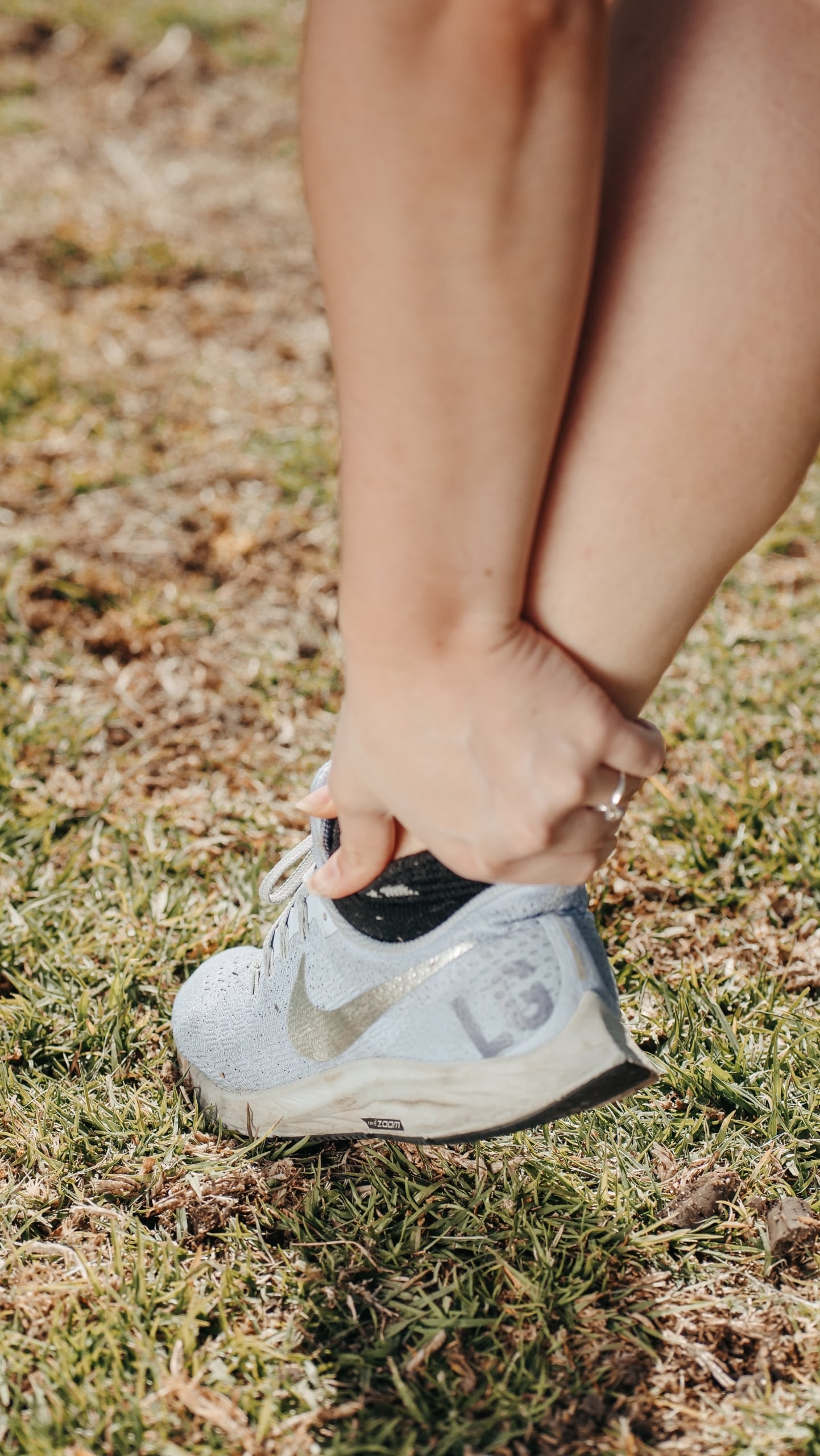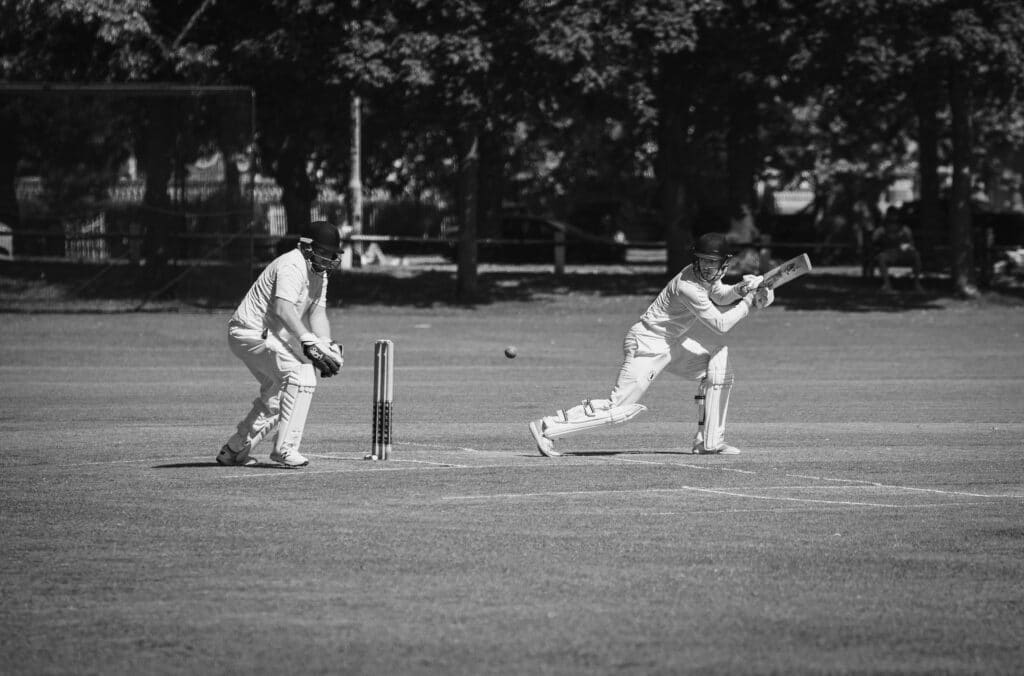Ankle stiffness: Causes, Treatments and Exercises
What we’ll cover
- Key Insights
- What causes ankle stiffness?
- What are the Primary Symptoms to Watch For?
- Why is ankle mobility important?
- How to assess for ankle stiffness?
- Physiotherapy for Ankle Stiffness
- How Do Personalized Therapy Plans Improve Treatment Outcomes?
- FAQ
- What is ankle stiffness?
- How long does it typically take to recover from ankle stiffness?
- What are the common causes of ankle stiffness?
- Are there preventive measures to avoid ankle stiffness after an injury?
Understanding Ankle Stiffness: Causes, Symptoms, and Physiotherapy Treatment
Ankle stiffness is a common complaint that occurs in a large proportion of the population. It is a common symptom in poorly managed ankle sprains as well as common foot conditions such as osteoarthritis, plantar fasciitis or achilles tendinitis. In some cases, ankle stiffness can be a by product of the condition whilst in some cases a stiff ankle can be the primary cause. The ankle traditionally loses mobility in two directions. Plantar flexion (toes down towards floor) or dorsiflexion (toes up towards the ceiling). In this article, our physiotherapist Jason Lee identifies how to improve dorsiflexion.
Key Insights
- Ankle stiffness can limit daily activities and reduce overall quality of life. Common causes include poorly managed injuries, arthritis, and conditions like plantar fasciitis or Achilles tendinitis.
- Stiffness often results from the tightening of connective tissues, limiting motion in key directions like plantar flexion (toes down) or dorsiflexion (toes up).
- Preventive measures include daily stretching, using supportive footwear, and maintaining a balanced diet rich in anti-inflammatory nutrients.
- For treatment, physiotherapy is effective for severe cases, while self-care can help manage mild stiffness. Early diagnosis and personalised care are crucial to prevent complications.
What causes ankle stiffness?
There are a number of structures that can limit dorsiflexion of the ankle. This can usually be attributed to one or more of either muscles, joint-related or bone-related.
If the ankle is reduced by muscle, it is commonly causes by tightness and reduced flexibility of the calf muscles.
Joint related stiffness is common following a period where the ankle hasn’t been used normally. This can occur following an ankle sprain or any time the ankle has been immobilised or reduce movement for a period of time.
Bone-related changes include conditions such as osteoarthritis or bone spurs can physically limit ankle mobility.
What are the Primary Symptoms to Watch For?
Recognizing the early signs of ankle stiffness can help in seeking timely intervention and treatment. Key symptoms to be aware of include:
- Reduced Range of Motion: One of the most apparent symptoms is the inability to move the ankle freely in its normal range. This can manifest as difficulty in pointing toes upwards (dorsiflexion) or downwards (plantarflexion).
- Pain or Discomfort: Stiffness is often accompanied by varying levels of pain, from mild discomfort to intense, sharp pain, particularly during movement or after periods of inactivity.
- Swelling: In many cases, the affected ankle might appear swollen due to inflammation or fluid buildup around the joint.
- Tightness or Rigidity: A feeling of tightness or a “locked” sensation in the ankle joint, making it hard to flex or extend the foot.
- Difficulty in Performing Daily Activities: Routine tasks such as walking, climbing stairs, or even standing for long periods can become challenging due to stiffness and pain.
Why is ankle mobility important?
Ankle dorsiflexion mobility is crucial for almost anything that we do when our feet are on the ground. Dorsiflexion is crucial for a number of day to day tasks from walking, getting out of a chair through to going up and down stairs.
During the walking cycle, dorsiflexion is critical for the mid stance phase when the opposite leg is swinging through. Without enough dorsiflexion, more force and stress is placed on other structures including the hip and knee due to the compensation pattern.
How to assess for ankle stiffness?
In order to perform the test, set yourself up in front of a wall. The aim is to assess the maximum distance between the wall and your toes when you lunge forwards allowing your knee to touch the the wall. Record the distance on one side and compare the difference between left and right. Whilst ankle flexibility may vary from person to person, the distance should be within 10% of left and right.
Additionally, depending where you feel it on the knee to wall can be a good indication of what may be restricting your ankle flexibility. If you feel mainly restricted at the back of the ankle, it is likely that muscles are restricting your ankle flexibility. If you notice it mainly at the front or middle of the ankle, it is likely that your ankle stiffness is related to either the joint or bone.
Physiotherapy for Ankle Stiffness
Physiotherapists often recommend a variety of exercises aimed at improving ankle mobility and flexibility, reducing stiffness, and alleviating pain. These may include:
- Range-of-Motion Exercises: These involve gentle movements of the ankle to its full range, such as ankle circles, heel-toe walks, and calf stretches.
- Stretching: Regular stretching of the calf muscles, Achilles tendon, and the anterior part of the ankle can significantly improve flexibility and relieve stiffness.
- Strengthening Exercises: Building strength in the muscles surrounding the ankle, such as using resistance bands for dorsiflexion and plantarflexion, can enhance stability and reduce the likelihood of future stiffness.
Engaging in these exercises consistently is crucial for optimal results. Patient-specific modifications might be necessary, depending on the severity and underlying cause of the stiffness.
How Do Personalized Therapy Plans Improve Treatment Outcomes?
Personalised therapy plans are tailored to meet the specific needs of each patient, taking into consideration factors like the severity of stiffness, underlying causes, overall health, and lifestyle. Benefits include:
- Targeted Interventions: Customised plans address the unique aspects of each patient’s condition, leading to more effective and quicker relief.
- Patient Compliance and Engagement: Personalised plans are often more aligned with a patient’s lifestyle and capabilities, making adherence easier and more consistent.
- Continual Assessment and Adjustment: Physiotherapists can constantly monitor progress and make adjustments to the treatment plan as necessary, ensuring that the therapy remains effective throughout the recovery process.
If you are experiencing a stiff ankle, be sure to see your physiotherapist. Book online or call our friendly team today.
FAQ
What is ankle stiffness?
Ankle stiffness refers to the limited mobility and flexibility in the ankle joint, often accompanied by pain and a feeling of tightness.
How long does it typically take to recover from ankle stiffness?
Recovery time varies depending on the cause and treatment methods but can range from a few weeks to several months. Consistent treatment and physiotherapy significantly speed up recovery.
What are the common causes of ankle stiffness?
Common causes include injuries such as sprains or fractures, arthritis, tendonitis, morning stiffness, overuse from physical activities, or post-surgical recovery.
Are there preventive measures to avoid ankle stiffness after an injury?
Preventive measures include following recommended rehabilitation exercises, wearing proper footwear, avoiding overexertion, and ensuring ample rest and recovery time for the injured ankle.



